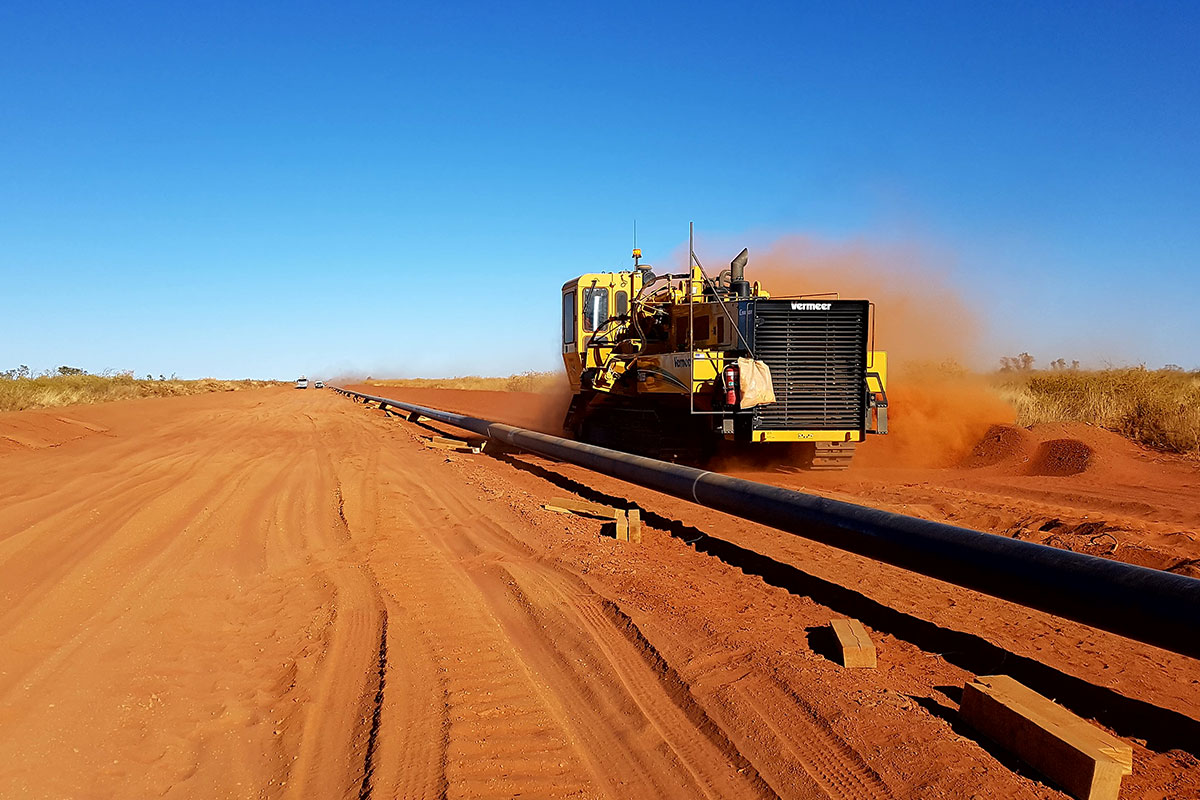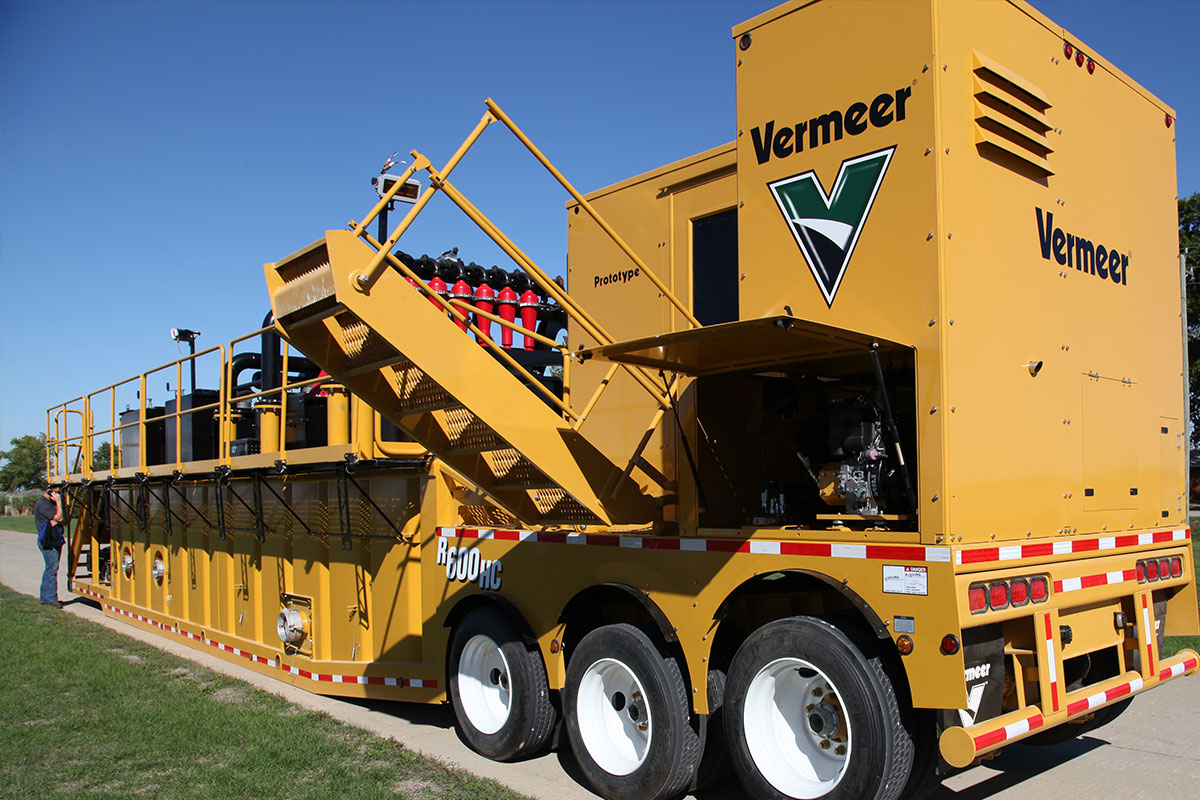Given the current challenges to the domestic gas market it would be easy to assume a bleak future for pipeliners, but the high demand for gas on the East Coast highlights the critical role that pipelines will play in meeting long-term supply.
The industry is aware of the major demand for gas on Australia’s East Coast with reports from the Australian Competition and Consumer Commission (ACCC) and the Australian Energy Market Commission (AEMC) exploring the uncertainties around supply. The barriers to supply–gas flows to LNG projects, moratoria and low oil prices – have also been readily identified across the sector.
Jeff Lawson, National Construction Equipment Sales Manager at Vermeer said that it is because of these challenges and the current period of disruption and change, that having a strong pipeline industry is more important than ever.
“Improving policies and increasing government support for exploration is, of course, a key factor but it’s only half the solution. Yes, we need more gas reserves, but those gas reserves will need more reliable pipeline infrastructure,” Mr Lawson said.
“There will be a need for more pipelines in the future, which means more opportunities for the industry.”
Mr Lawson said the current conditions in the sector hadn’t stopped companies from proposing new projects linking areas of high demand with apply reserves in places such as the Northern Territory and Queensland’s Surat and Bowen basins.
“The first batch of steel for Jemena’s Northern Gas Pipeline (NGP) has already been cast and this project alone is going to give the sector a boost by creating around 900 jobs in engineering, construction, coatings, equipment supply and eventually, operations and maintenance, across North Australia.
“Then you’ve got the companies that are proposing major new pipelines; Arrow Energy’s wanting to build a 430km pipeline from Moranbah to the Gladstone State Development Area, APA Group has signed a Memorandum of Understanding with Comet Ridge to build a new transmission pipeline out of the Galilee Basin to the East Coast, and recently Blue Energy has proposed a 160km pipeline from Moranbah to the southern gas market–including Gladstone.
“Combine these with smaller pipelines such as Queensland’s 28.5km Bundaberg Port Gas Pipeline and the fact that Australia has joined the ranks as one of the biggest LNG exporters in the world and it shows there are opportunities out there for pipeliners, despite challenging conditions.”
With renewable energy often viewed as unreliable and the price of electricity rising, Mr Lawson said gas is the most obvious backup and policies should reflect this.

 MyDealer:
MyDealer:


